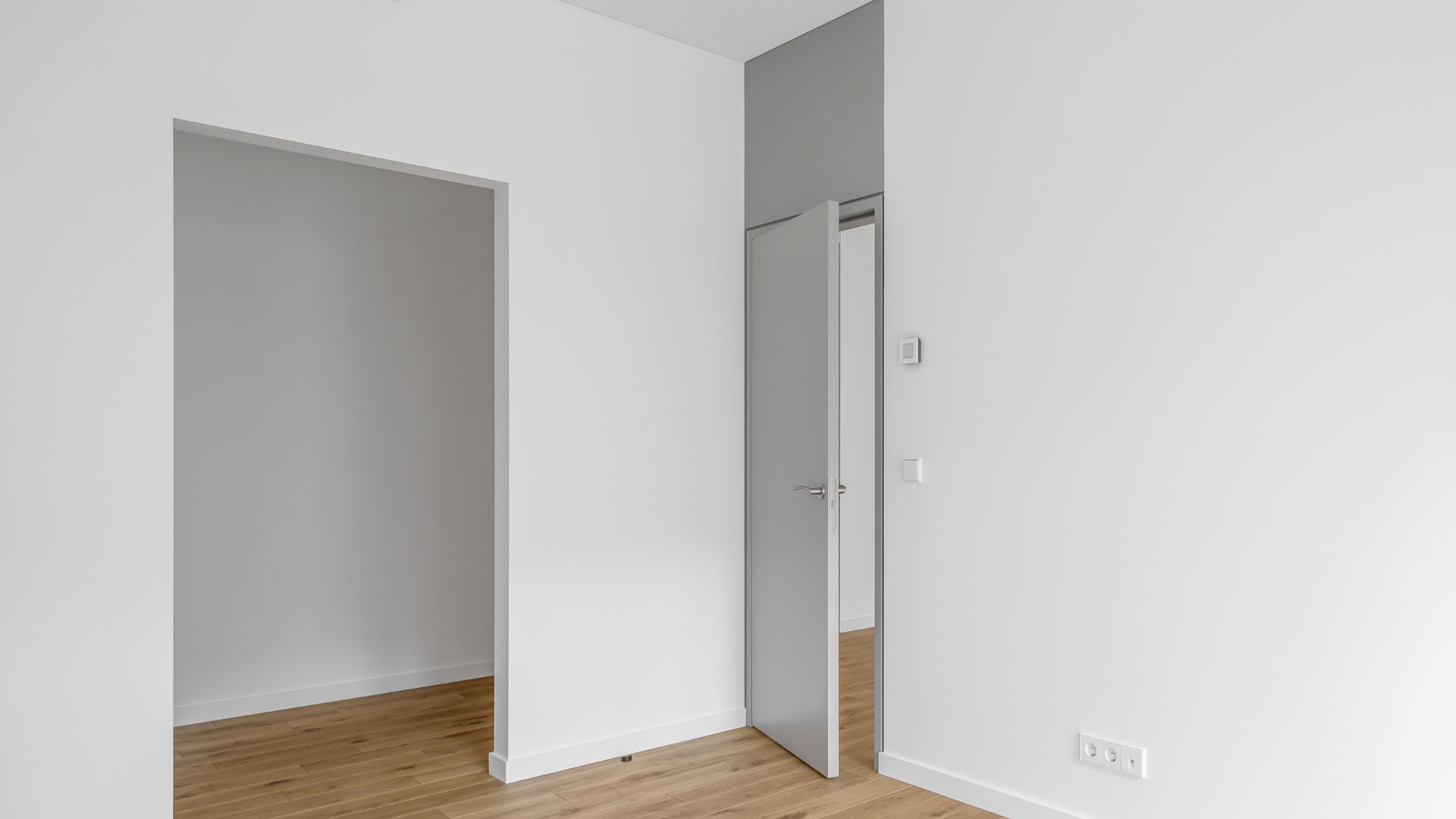When it comes to drywall installation and repair, understanding the various cost factors involved is crucial for planning and budgeting effectively. From materials and labor to project scope and geographic location, several factors can influence the overall cost of the project. By gaining insight into these cost factors, homeowners can make informed decisions and ensure a successful outcome for their drywall projects. In this guide, we’ll delve into the key factors that affect the cost of drywall installation and repair, providing valuable insights for homeowners embarking on these projects.
Material Costs

One of the primary cost factors in drywall installation and repair is the cost of materials. Drywall panels, joint compound, tape, screws, and other materials are essential for the project, and their prices can vary based on factors such as quality and quantity. Standard drywall materials are typically more affordable, while specialty options, such as moisture-resistant or fire-resistant drywall, may come at a higher cost. Additionally, the quantity of materials required depends on the size and scope of the project, with larger projects necessitating more materials and thus higher costs. Homeowners should carefully consider their material choices and quantities to ensure they align with their budget and project goals.
Labor Costs
Labor costs are another significant factor to consider when budgeting for drywall installation and repair. Labor costs can be calculated based on hourly rates or project-based pricing, with rates varying depending on factors such as geographic location and the level of expertise required. Complex projects or those requiring specialized skills may command higher labor rates, while simpler projects may be more affordable. Additionally, the need for installation, repair, or finishing work will impact labor costs, with each stage of the process requiring a different level of expertise and time investment. Homeowners should obtain multiple quotes from reputable contractors to compare labor costs and ensure they receive competitive pricing for their project.
Project Scope
The size and scope of the project play a significant role in determining the overall cost of drywall installation and repair. Larger projects typically require more materials and labor, resulting in higher costs. Additionally, projects with unique design features or obstacles, such as curved walls or intricate architectural details, may require additional time and expertise, further increasing costs. Homeowners should carefully assess the scope of their project and consider factors such as room size, wall height, and the presence of obstacles when budgeting for drywall installation and repair.
Level of Finish
The desired level of finish also influences the cost of drywall installation and repair. Drywall finish levels range from basic to premium, with each level offering varying degrees of smoothness and texture. Basic finish levels may involve minimal surface preparation and texturing, resulting in lower costs, while premium finish levels require extensive surface preparation and high-quality finishes, leading to higher costs. Homeowners should consider their aesthetic preferences and budget constraints when selecting the level of finish for their project, ensuring they achieve the desired look without exceeding their budget.
Additional Services
In some cases, additional services may be required as part of the drywall installation or repair process. These services can include insulation installation, electrical work, or plumbing adjustments, among others. The cost of these additional services should be factored into the overall project budget, as they can significantly impact the total cost. Homeowners should consult with their contractor to determine which additional services are necessary for their project and obtain accurate cost estimates for each service to ensure they budget accordingly.
Geographic Location
Geographic location plays a significant role in determining the cost of drywall installation and repair. Labor rates, material costs, and building code requirements can vary significantly from one region to another, leading to differences in overall project expenses. Additionally, factors such as climate and local market conditions can influence project costs. Homeowners should research local market trends and obtain quotes from contractors in their area to gain a better understanding of the cost landscape and ensure they budget effectively for their drywall project.
In conclusion, understanding the various cost factors involved in drywall installation and repair is essential for homeowners planning these projects. By considering factors such as material costs, labor costs, project scope, level of finish, additional services, and geographic location, homeowners can create accurate budgets and ensure successful outcomes for their drywall projects. If you’re planning a drywall installation or repair project and need assistance, don’t hesitate to contact CareKter Design & Remodeling. Our team of experts is here to provide guidance, support, and professional services to help you achieve your drywall goals.


